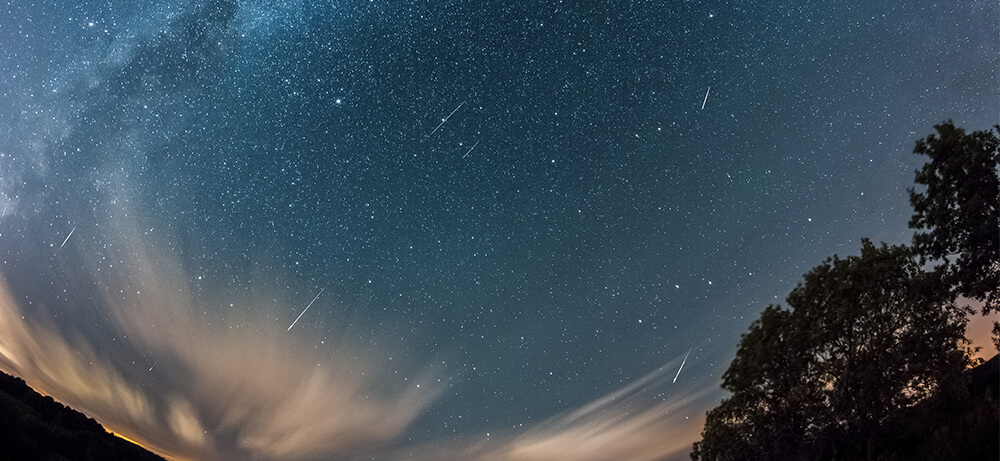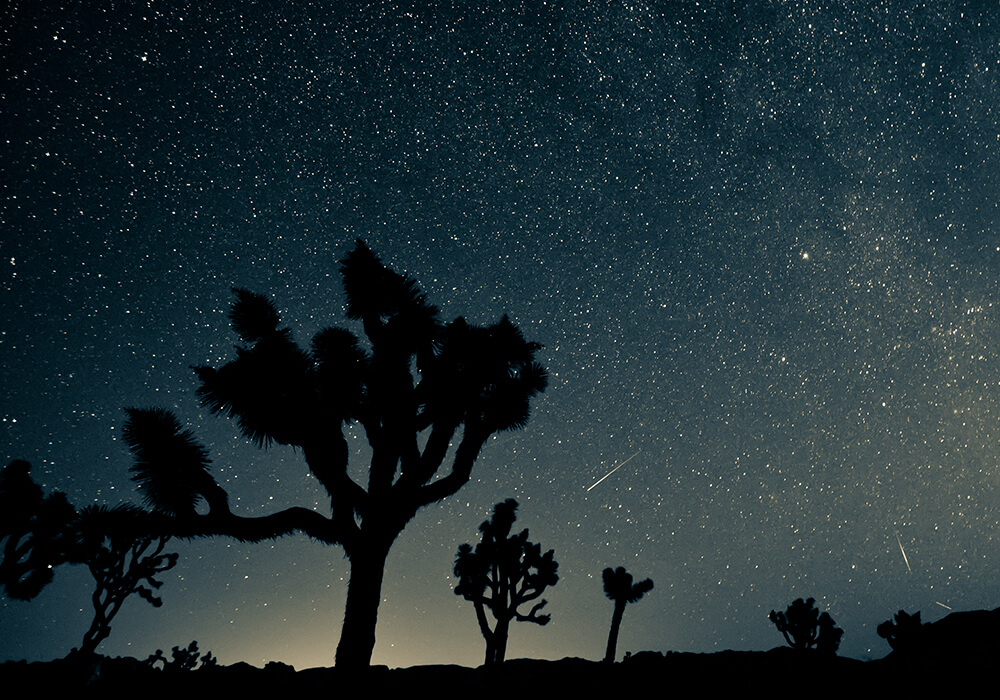Mark Your Calendars for 2017 Meteor Showers
The solar system is incredible. Humans benefit in so many ways from the planets, stars, and forces in our galaxy. The moon affects ocean tides. The sun provides the light, warmth, and energy that makes life possible on earth. We’re often so consumed with ideas of how we can take advantage of the power within our solar system that we forget to step back and marvel at its beauty. Meteor showers provide the perfect opportunity to enjoy the night skies with your friends and family. Watching shooting stars soar across the sky with your loved ones is everything you could wish for and more. As you search the horizons for magical shooting stars, you might wonder what causes this phenomenon and how often it occurs. We have the answer to both of those questions.
What is a Meteor Shower?
Comets disintegrate in outer space and leave icy, rocky debris floating around. Meteor showers take place when the earth passes through this field of comet rubble. Earth and many comets are all orbiting around the sun. Sometimes these orbits overlap. The intense heat given off by the sun starts to slowly break apart the comet. This process produces a visible tail that’s mostly made up of rocky particles. When earth passes near a comet, the debris burns up as it enters the atmosphere. Burning comet rubble in earth’s atmosphere creates a meteor shower. Scientists can predict meteor showers because the earth’s orbit and a comet’s path intersect at the same points every year.

April’s Lyrid Meteor Shower
The Lyrid meteor shower will dazzle the night skies from April 16 through April 25. At the shower’s peak, astronomers predict about 10 to 15 meteors per hour will be visible on a dark, moonless night. Lyrid showers are known for their sudden outbursts of shooting stars, sometimes with 100 of them per hour. These displays are difficult to predict so your best option is to spend a little time stargazing every night. Astronomers predict that the meteor shower will peak near dawn on Saturday, April 22.
2017 Meteor Shower Calendar
Other major meteor showers are predicted throughout 2017. May 5 through May 6 the Eta Aquariids meteor shower will light up the night sky, but mainly in the Southern Hemisphere. The Southern Hemisphere will also get to witness the Delta Aquariids in late July. For those of us in the Northern Hemisphere, the Perseid meteor shower will be visible August 12 and 13. October will have two meteor showers. The Draconids will be visible around October 7 and the Orionids will be visible around October 21. The South Taurids and the North Taurids reach their peak in early November. These meteor showers are noted for having several fireballs. Fireballs are meteors that are especially bright. For the Leonids in November, there won’t be any moonlight to outshine the shooting stars. The Geminid meteor shower in mid-December is one of the most visible and most spectacular displays with bold, bright shooting stars.
Mark your calendars for the meteor shower events throughout the year. Our solar system is truly amazing and meteor showers are a great opportunity to appreciate the beauty of space. When you’re star gazing with your family and friends, you won’t have to wish for happiness, you’ll get to experience it.





